
Business
12:14, 29-Mar-2018
Where did the iconic Beijing wholesale market go?
CGTN
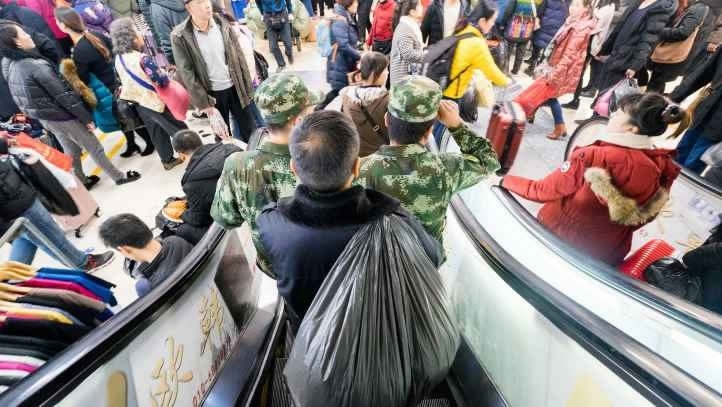
Beijing's largest clothing wholesale market, which regularly had more than 100,000 customers per day for decades, officially became a thing of the past on November 30, 2017 as Dongding, the last of the wholesale district's 12 shopping centers, was closed.
The clothing hub near Beijing Zoo covered 300,000 square meters, with at least 10 clothing wholesale markets, and had been open for three decades.
But, since 2015, the capital started shutting down non-essential businesses to reduce traffic congestion and population, and make way for high-end industries.
"I have been doing business here for more than 6 years and don't want to leave. But I will continue my business in Hebei. I hope things go well there," said Li Yuefeng, a vendor at Dongding Mall.
Relocated to neighboring province
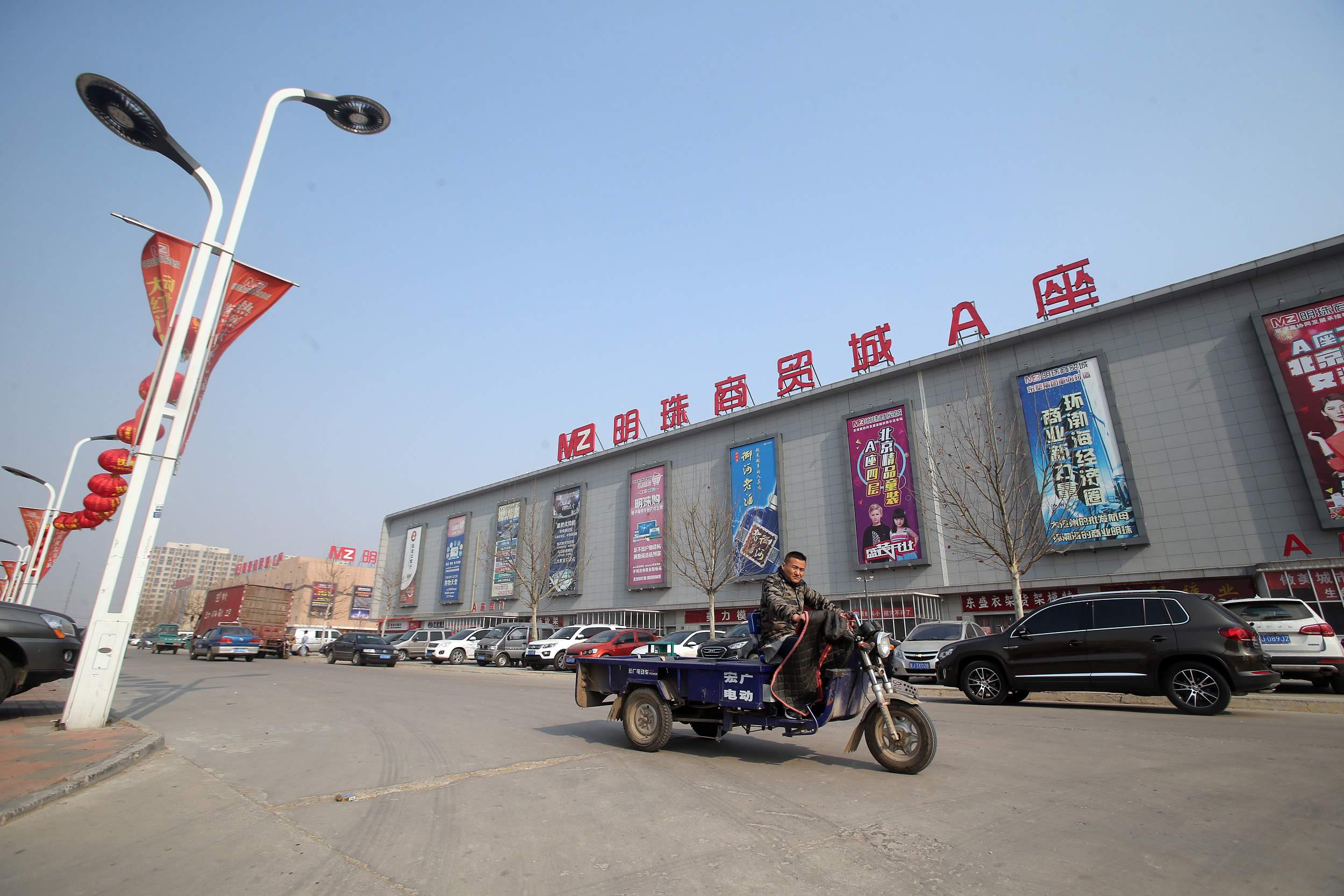
Mingzhu International Trade Center in the city of Cangzhou, Hebei Province./VCG Photo
Mingzhu International Trade Center in the city of Cangzhou, Hebei Province./VCG Photo
Some cities and counties in neighboring Hebei Province are luring tenants from the Beijing market with lower rent and taxes.
A morning wholesale market, with nearly 2,000 businesses, relocated from urban Beijing to north China's Hebei Province on March 28.
The 35,000-square-meter clothing wholesale market, part of the Mingzhu International Trade Center in the city of Cangzhou, is open from 7 a.m. to noon, said Yang Chongrong, general manager of the center.
All the tenants came from the morning market in Dahongmen, Beijing's Fengtai District, which has been closed, said Yang.
More than 8,000 tenants from the area have moved to Cangzhou, some 250 km from Beijing, according to local authorities.
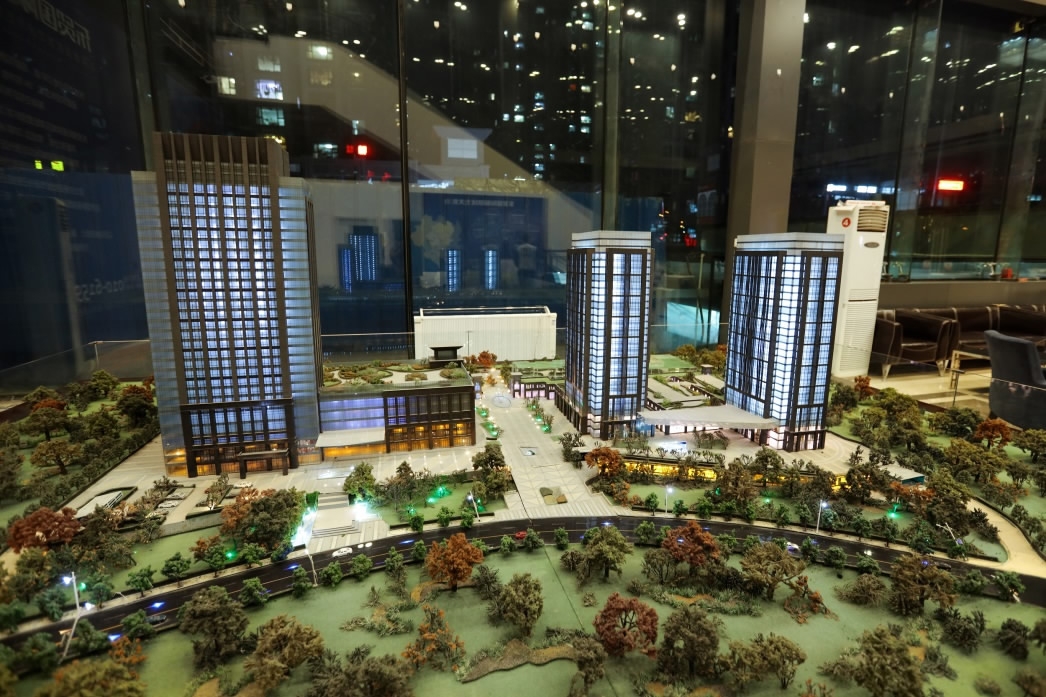
Yanjiao's Dongmao Shopping Mall, Hebei Province./VCG Photo
Yanjiao's Dongmao Shopping Mall, Hebei Province./VCG Photo
Li Xiusheng, 43, was among 40,000 people who were involved with the former market.
In 2017, Li moved his business to a shopping mall in Yanjiao District, Hebei Province, some 30 km east of central Beijing and is home to more than 200,000 people who work in the capital.
"Many garment sellers moved further away to the cities of Baigou and Cangzhou in Hebei Province or to Tianjin Municipality. But I wanted my business to be as close to Beijing as possible, so I settled here," he said.
For some garment traders, moving their businesses to Yanjiao has lowered their costs, as the housing and shop rental prices are much cheaper than those in Beijing.
Discount fashion paradise
The Beijing Zoo wholesale market was built in the mid-1980s and labeled a "paradise" for young women who wanted to look fashionable on a budget.
Everyday, the wholesale markets near the Beijing Zoo were jam packed with textiles, fashion accessories and people betting their money on this merchandise.
But the hustle and bustle of daily business will one day be water under the bridge.
"Growing numbers of visitors and vehicles in recent years have made a huge impact on the traffic and living conditions around the wholesale market area," said Sun Shuo, deputy mayor of Beijing’s Xicheng District.
Although the market contributed 60 million yuan (about 9 million US dollars) in annual revenue to Xicheng District, it cost the government some 100 million yuan to handle its transportation and environmental issues, according to government reports.
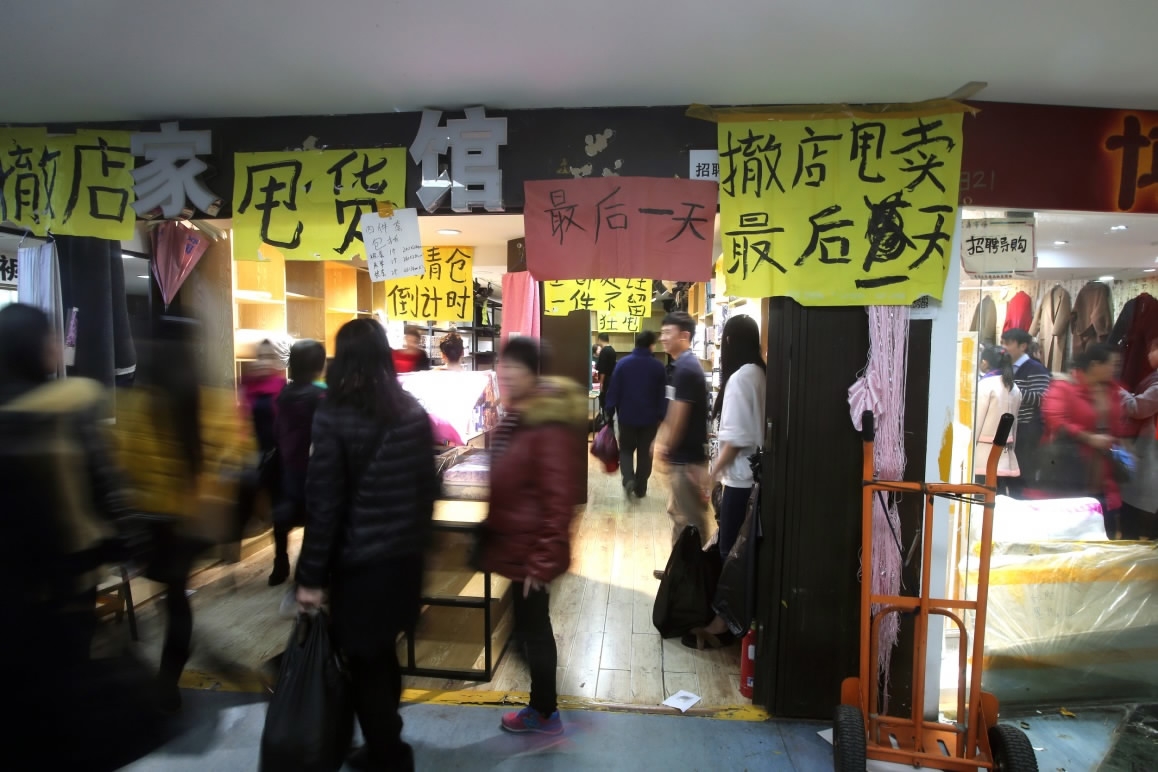
Nov. 29, 2017: Vendors at the Dongding mall sell their goods at a large discount after learning their mall will be closed. /VCG Photo
Nov. 29, 2017: Vendors at the Dongding mall sell their goods at a large discount after learning their mall will be closed. /VCG Photo
What’s worse, the area overlaps with one of the biggest and most perplexing transportation hubs in the city.
"Traffic congestion and high fire risks had plagued the market for many years," said Li Yunwei, an official with Xicheng District.
"Noisy all day long, it’s impossible to live here."
Make way for a high-tech center
One of the 12 shopping malls within the Beijing Zoo Wholesale Market now has been renamed Baolan Finance and Innovation Center and has 11,000 square meters worth of office space.
"The office is more spacious than the one I rented in Zhongguancun, and more importantly, the location is much more convenient and less crowded," said Gu Xiaozheng, founder of an industrial drone development startup, which was among the first group of nine tenants that have moved in.
Sun Shuo, executive deputy mayor of Xicheng District, said that in addition to Baolan, further office space is currently being planned. Future tenants have to meet the area's development orientation as a finance, science, service and cultural center.

Baolan Finance and Innovation Center, Beijing. /VCG Photo
Baolan Finance and Innovation Center, Beijing. /VCG Photo
"The wholesale market was closed under Beijing's development strategy to relocate non-capital functions. The city is aiming to achieve quality development," he said.
Beijing's service sector now accounts for more than 80 percent of local GDP, higher than most developed countries. In addition, finance, IT and the scientific and technological service industries contributed 53.3 percent of the city's economic growth in 2017, according to the Government’s official website.
It’s not just relocation
"In the past, there were always large crowds of people. The noise and traffic jams were really annoying. But now the streets are tidy," said Shen Lin, 51, who lives nearby.
"We’re doing more than simply moving markets out of downtown areas. It’s not just relocation, but also readjusting the business model of the garment markets and many more similar ones in the city." Sun said.
The capital government released a general plan for the city from 2016 to 2035, setting the goal of becoming a "world-class harmonious and livable city." The document consists of eight chapters on the city's strategic positioning, spatial distribution, historical protection, overall development of urban and rural areas, and regional collaboration.
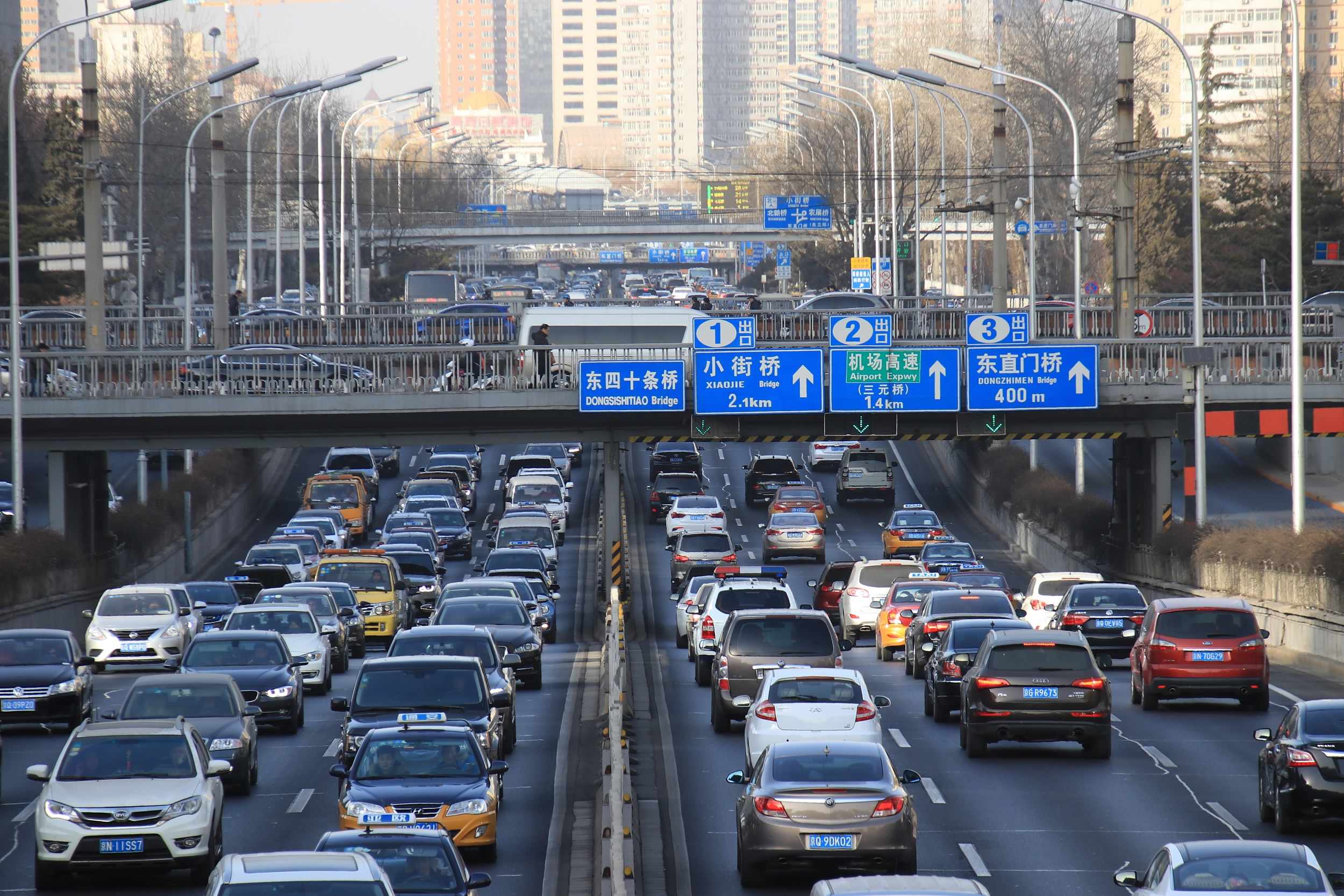
VCG Photo
VCG Photo
Beijing plans to cap its population at 23 million by 2020 in order to address "big city diseases," such as traffic congestion and pollution.
The population of Beijing fell 0.1 percent to 21.7 million as of the end of 2017. Pang Jiangqian, deputy head of Beijing Municipal Bureau of Statistics, said at a press conference on Jan. 19.
The document also said controlling the increase in the capital's population will help address urban diseases.
(Sources: CCTV, Xinhua, China Daily )

SITEMAP
Copyright © 2018 CGTN. Beijing ICP prepared NO.16065310-3
Copyright © 2018 CGTN. Beijing ICP prepared NO.16065310-3